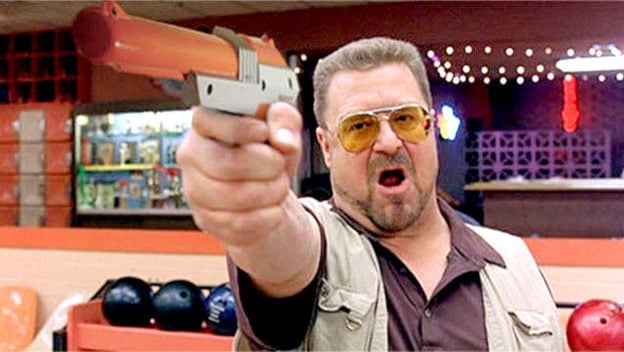The PlayStation Move and the Nintendo Wii tried their best to make some decent shooters but, in general, these games just felt off. Every game I tried felt more akin to dragging and clicking than actual aiming. It’s a shame, too, because we used to have the technology for pretty decent-feeling gallery shooters, like Duck Hunt or Time Crisis . This technology was the light gun.
The light gun works by receiving light from a monitor and calculating where the gun is pointed on the X,Y axis. The technology came about in the 1930s, and soon started appearing in arcades. Later, refined versions of the technology increased the accuracy and, before long, game companies like SEGA and Nintendo were introducing light gun games into player’s homes. Unfortunately, due to an incompatibility with the way HD monitors refresh and the light gun, such games have largely disappeared from the market, relegated primarily to arcades.
A lot of people probably experienced their first light gun game through the Nintendo Entertainment System playing Duck Hunt. This game was released in 1984 and tasked players with shooting at ducks as they flew away. If the ducks managed to get away, the player lost a life. Losing all lives resulted in a game over screen. The game would later be packaged with Super Mario Bros., increasing it’s popularity. The simple, intuitive nature of the Nintendo Zapper, which was used to play Duck Hunt , made video games more accessible to a wider demographic. This phenomenon would later be recreated on the Nintendo Wii, as its simpler games, though repetitive, allowed non-gamers to gather around a TV for Wii Sports.
The Light Gun Shooter genre rose in popularity in the 90s, as the games became more intricate. The horror genre, especially, seemed to resonate with players. One of the best series to incorporate the light gun was, arguably, SEGA’s The House of the Dead.
-2.png)
The first The House of the Dead game differed greatly from the aforementioned Duck Hunt in terms of gameplay mechanics. Expanding on the gallery shooting idea, this game put players on rails and took them through a story. Not only did they have to shoot obstacles, like cleavers, out of the air and dispatch enemies quickly before they took damage (all standard fare at the time) but the game allowed players to make choices that would affect their play through. Going out of the way to save survivors in the game’s nightmarish setting also rewarded players with a room full of bonus items somewhere near the end of the campaign. The series went on to release 3 sequels from 1998 to 2005.
Before The House of the Dead was ever released, though, Namco was popularizing another series with its own innovative mechanic that largely set it apart from other shooters of the decade; the cover system found in Time Crisis . Typically, the player’s gun is their only defense against the on-screen enemies. In Time Crisis, the machine was fitted with a pedal that allowed them to take cover, protecting them from most on screen attacks. The ability to pop up from behind cover, fire off a few shots, and hopefully dispatch some threats lent to a frenetic feeling game where timing was everything. The game could also incorporate more enemies and mechanics, since players had a new means to manage them. Even the Light Gun itself was well-designed, offering a blowback function that simulates a gun’s recoil and adds to the aesthetic experience of the game.
We’ve certainly seen a decline in the popularity of the genre, though. For a while, the games were even suppressed after the Columbine shootings, which were often tied to video game violence. Paired with the constantly evolving nature of videos games and the devices incompatibility with the nearly universal presence of HD televisions, it’s understandable that the genre has mostly disappeared. Still, one is inclined to look back fondly on the technology and wonder if it could still have a place in today’s world.
